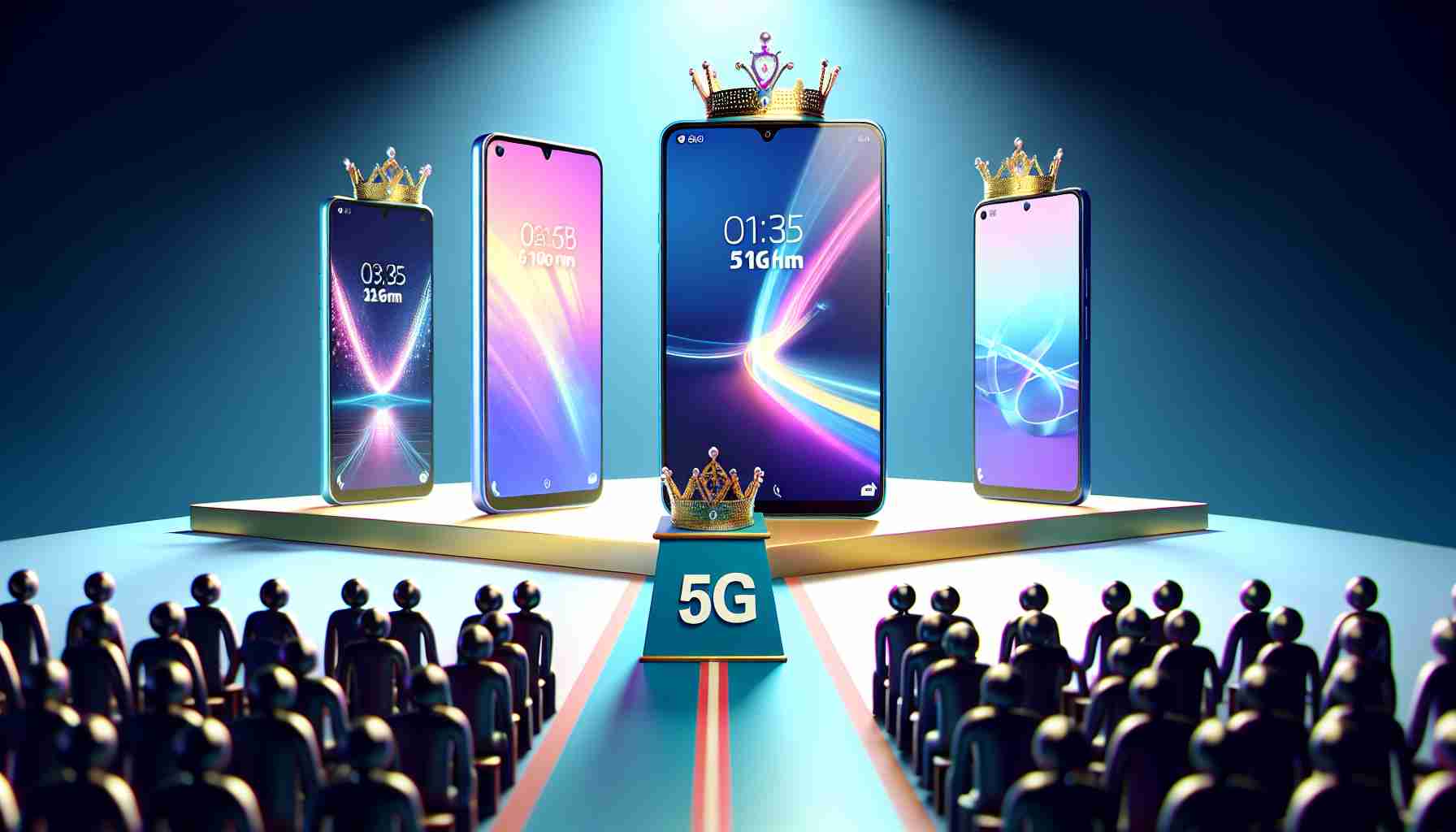5G Smartphone Wars: Budget-Friendly Devices Battle It Out
The Indian smartphone market is buzzing with the entry of new, cost-effective 5G devices. Recently, Realme launched the Realme C65 5G, a contender for offering 5G connectivity without breaking the bank. It joins a competitive arena with the likes of the POCO M6 5G and itel P55 5G, aiming to provide customers with a high-speed experience at a low cost.
Comparing Styles and Features
Choices vary when it comes to design. The Realme C65 displays a blend of Feather Green and Glowing Black shades, tipping the scales at 190 grams. On the other hand, the POCO M6 is decked out in Orion Blue and Galactic Black, weighing slightly more at 195 grams. The itel P55, also at 190 grams, offers a choice between Mint Green and Galaxy Blue. All three devices sport a contemporary flat-edge design, with the Realme C65 featuring a unique circular camera module and punch-hole display—a subtle but classy differentiation from its competitors.
Display Wars: Screen Size and Clarity
When it comes to screens, the Realme C65 boasts a 6.67-inch LCD with impressive specs like a 120Hz refresh rate and TUV Rheinland certification for blue light reduction. POCO’s M6 comes in a tad larger at 6.74 inches, protected by Corning Gorilla Glass, but falls behind with a 90Hz refresh rate. Similarly, the itel P55 sports a 6.6-inch LCD with a 90Hz refresh rate.
Benchmarking Performance: Computing Abilities
Performance is key for any tech enthusiast. The Realme C65 sports a MediaTek Dimensity 6300 SoC for quick processing, while the POCO M6 and itel P55 are close on its heels with their own variants of MediaTek processors and Mali GPUs. However, Realme C65’s overall AnTuTu and Geekbench scores exhibit its prowess, overshadowing the POCO and itel models and potentially offering users a smoother and more efficient experience.
This trio of smartphones exemplifies the growing accessibility of 5G technology, each bringing different strengths to the table, and allowing consumers to choose the best combination of features and price to meet their needs.
Key Questions and Answers:
1. What is the significance of budget 5G smartphones in the Indian market?
Budget 5G smartphones are significant in the Indian market because they make 5G technology accessible to a broader audience. With India’s ever-growing demand for high-speed internet and the rollout of 5G networks, offering affordable options encourages technology adoption and connectivity improvements.
2. How do the Realme C65, POCO M6, and itel P55 differentiate from each other?
Each model offers unique design elements and specifications. The Realme C65 features a circular camera module, the POCO M6 has a slightly larger screen protected by Corning Gorilla Glass, and the itel P55 provides different color options with a standard screen size and refresh rate.
3. What are the potential challenges these companies might face?
Challenges include the intense competition in the budget smartphone sector, the continuously evolving technology which can quickly render devices outdated, and the need to balance performance with cost. Additionally, market saturation and customer loyalty to established brands can make it difficult for newer or less-known products to gain traction.
Key Challenges and Controversies:
– Network Availability: The actual utility of 5G smartphones depends on the availability of 5G networks. If network infrastructure is lacking, users cannot take full advantage of 5G capabilities.
– Performance vs. Price: Achieving the right balance between performance and affordability is challenging. Manufacturers must decide which features to prioritize while keeping costs down.
– Software Updates: Budget smartphones may not receive as many software updates, which affects their longevity and security over time.
Advantages and Disadvantages:
Advantages:
– 5G Accessibility: More consumers can experience high-speed 5G internet, which can lead to broader adoption of advanced applications and services.
– Price Competition: As companies compete for the crown, prices may become more aggressive, offering better deals for consumers.
Disadvantages:
– Hardware Limitations: To keep costs down, manufacturers might compromise on hardware quality, which can affect performance and durability.
– Update Cycle: Budget smartphones often have fewer and less frequent software updates, which may lead to earlier obsolescence.
For more information on the smartphone industry and the latest tech news, you can visit the main domain of TechCrunch: TechCrunch. For insights on consumer electronics and mobile technology, check out the main domain of The Verge: The Verge.
